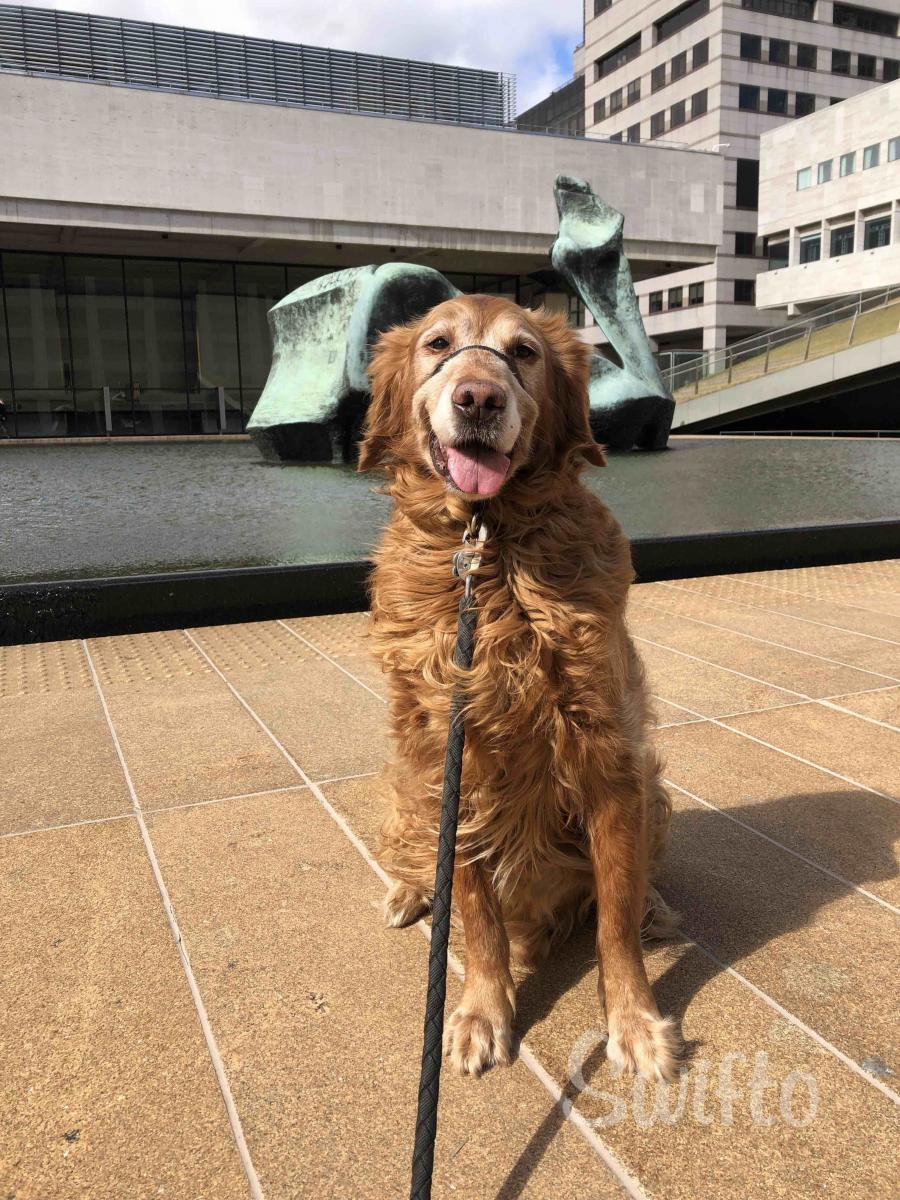It's natural for dogs to fear the city's loud noises, like zooming cars and blaring horns. If your dog must travel by car or pass traffic on a walk, it’s essential to help them feel safe and calm. Here’s how to reassure your dog and create positive associations with these common city sounds.
Understanding Your Dog's Fear Many dogs share a fear of loud, passing vehicles. An unexpectedly loud horn can catch us off guard, and it’s no wonder our dogs might react negatively too. If we show hesitation or fear when a truck passes or a horn honks, our dogs can pick up on this anxious energy. It’s crucial to remain calm in these situations so your dog can learn that vehicles are not a threat.
Avoiding the Flooding Technique Flooding is a behavioral therapy technique that involves fully immersing an individual (or dog) in their fear. Forcing your dog to confront his fear of traffic head-on can be traumatizing and counterproductive. Instead, use a cheerful and playful tone when crossing the street or passing traffic. Reward your dog with treats and praise when he remains calm and shows improvement. Avoid scolding your dog for being scared, as this will only intensify the fear.
Gradual Exposure Slowly and gradually immersing your dog in the city environment is the most beneficial way to ease his fears. Start at home by opening your windows so your dog can hear the sounds of traffic and pedestrians. Doing this during feeding or playtime will help him associate these noises with positive experiences, gradually diminishing his fear.
Another effective method is to expose your dog to people, cars, and everyday life from a distance. Take your dog on a walk or to a part of your backyard that’s far enough for him to tolerate but close enough to hear and see the stimuli. Reward your pup with treats each time a car passes and he remains calm. Gradually increase the exposure time as he shows no signs of fear or anxiety.
Recognizing Signs of Fear It’s important to recognize your dog’s first signs of fear and understand how to help him relax. Common signs of fear include shaking, trembling, panting, barking, whining, and drooling. If you notice these signs, be patient and wait until your dog is calm before proceeding.
Creating Positive Associations Take your dog to enjoyable places like dog parks or favorite spots in town. By associating car rides and walks with positive experiences, your dog will eventually look forward to these outings and adjust to the great outdoors.
At Swifto, we understand that city walks can be challenging for some dogs. Our experienced dog walkers are skilled in recognizing signs of fear and anxiety in dogs and use positive reinforcement techniques to help them feel comfortable and safe. Whether your dog needs a calm, leisurely stroll or a more energetic walk, we tailor our services to meet their specific needs.
Looking to book a dog walk? Contact Swifto today and let us help make your dog’s walks a positive experience!


